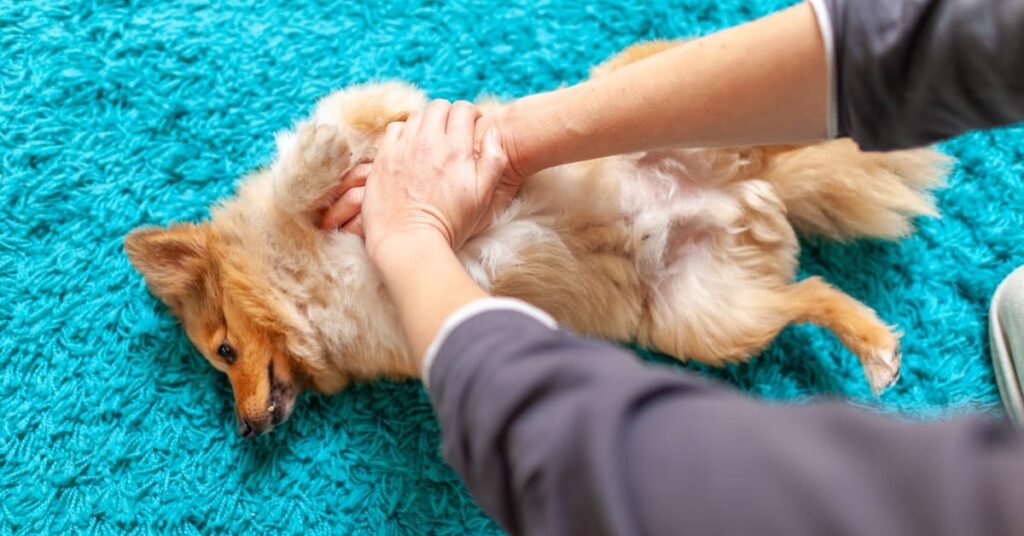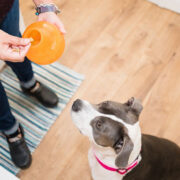Pet First Aid Basics
Not only does April’s arrival mean it’s finally springtime, but it’s also Pet First Aid Awareness Month. This is a great opportunity to remind ourselves of the importance of keeping our furry friends safe and how we can be better prepared.
Just because we’re in a month dedicated to pet first aid awareness doesn’t mean we shouldn’t brush it off the rest of the year. Our pets can get into trouble and injure themselves at any moment. It’s important to know how to spring into action when they get hurt or eat something they shouldn’t.
Often we think we know what to do until that scary moment comes. Refreshing your skills annually will keep you ready if it does. In addition, pet parents should have a first aid kit handy that is tailored to their dog or cat for year-round use.
What to Put in a First Aid Kit for Your Pet

You might be wondering what items to include in a pet first aid kit — it’s not like you can put a regular band-aid on your dog’s boo-boo that you’d use to cover a cut on your finger. Gather these items to start:
- Your veterinarian’s contact information
- Number for the Pet Poison Helpline
- Styptic powder
- Ice pack
- Absorbent gauze pads
- Scissors
- Adhesive tape
- 3% hydrogen peroxide in case you need to induce vomiting
- Antibiotic ointment
- If your pet takes medicine daily, an extra supply
- Towel or rag
- Alcohol wipes
- Saline eye solution
Keep this pet first aid kit with your other first aid supplies. It’s a good idea to keep one in your car as well for when you and your pet are on-the-go.
Visit the ASPCA website for a great comprehensive list of items to keep in your pet first aid kit, and don’t forget to check the expiration on various items at least annually.
First Aid Tech

There are few quality apps and websites out there that can provide lifesaving knowledge at any given moment. Some apps can even connect you to a veterinarian for a virtual appointment.
Apps: The ASPCA and American Red Cross both have great apps to help if your pet gets hurt or possibly poisoned.
Hands-on Training: For those looking to get certified, or want more hands-on training just to be comfortable if it’s ever needed, check out Pet Emergency Education, LLC, where you can find a class in your area and receive a Pet CPR & First Aid Certification. The American Red Cross also has a pet CPR certification course.
Practice Prevention
Knowing how to perform basic pet first aid is essential, but so is knowing how to prevent an accident. For example, if you take your pet on the water or to a pool, have them wear a dog life jacket that will keep them safe. Dog life jackets are especially handy for short-legged breeds who struggle to stay afloat.
Other preventative measures you can take to ensure your pet is safe and healthy include going to the vet for regular checkups and preparing a “go-bag” in case of natural disaster.
Happy National Pet First Aid Awareness Month!
Editor’s note: This post has been updated to reflect the most pup-to-date information.

